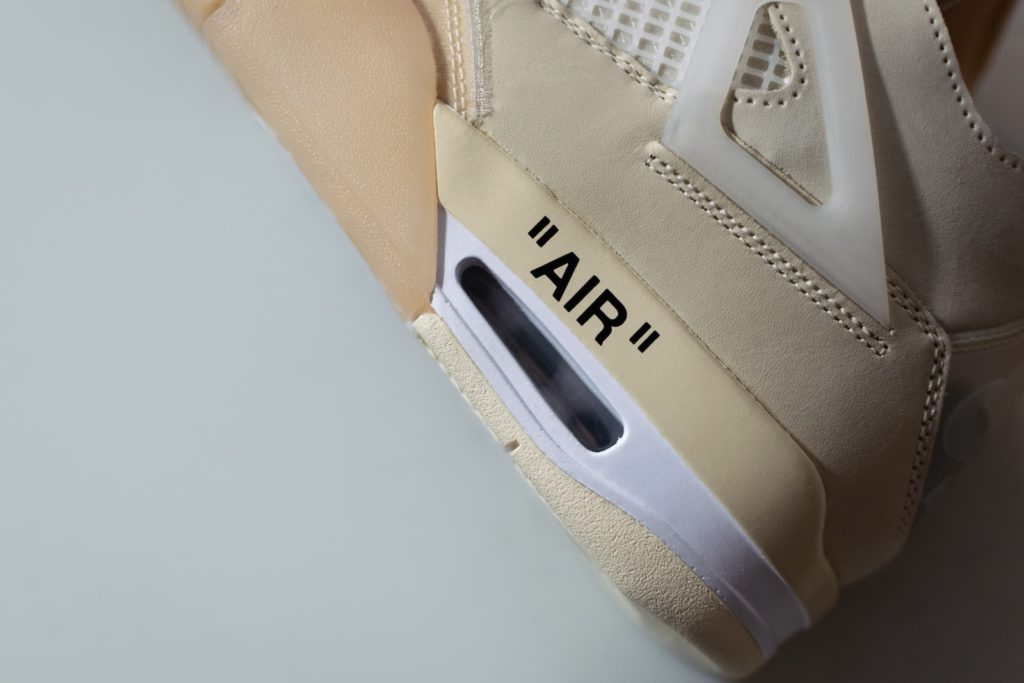
When we walk into grocery stores, the packaging speaks volumes, especially off brand packages. Major recognizable brands have used their familiar logos and packaging to drive sales and imply quality for years. But recently, off-brand products have been making waves, and it’s worth understanding the story behind these unassuming labels.
Off Brands vs. No-Names: The Backstory
Brands have dominated the consumer product landscape for decades. The trust they built with their customers is because of consistent quality, memorable advertisements, and the emotional connection people have with certain brand names. Think about the last time you picked a KitKat bar – wasn’t part of that because you knew exactly what you were going to get?
However, the rise of generic brands has disrupted this space. For many, the term “no-name brands” may evoke thoughts of “Kirkland” or “Great Value”. Yet, for Canadians, there’s a twist. In Canada, the “No Name” brand is not just any generic label; it’s a trademarked company that has reshaped the perspective on generic products in North America.
Historically, consumers have been wary of generic brands. After all, as the saying goes, “a good name is more valuable than great riches.” But the “No Name” brand has flipped the script by becoming, quite literally, a brand without a name.

The Canadian Game Changer: No Name Brand
Launched in 1978 by Loblaw, Canada’s biggest food retailer, “No Name” was an innovation inspired by European retailers. The concept was simple – reduce unnecessary costs and pass the savings onto the customers. This meant basic packaging, minimal advertising, and no-frills store experiences. Yet, the quality of the product itself wasn’t compromised.
The brand’s signature yellow packaging with black Helvetica font became iconic. Despite its simplicity, many Canadians believe that “No Name” products sometimes surpass the quality of national brands. Moreover, with its debut during the inflation crisis of the ’70s, “No Name” offered a lifeline to Canadians struggling with rising living costs.
The Changing American Perspective
While the generic brand movement was already gaining traction in Canada and Europe, the U.S. remained hesitant. However, with Costco’s expansion into markets familiar with high-quality private label options, the U.S. perspective started to shift.
Costco took a significant leap by consolidating its diverse product range under one banner – Kirkland Signature. The risk paid off. Today, Kirkland is a well-respected brand, with some of its products being manufactured by leading national brands like Huggies and Starbucks.
It’s a fascinating insight into the business landscape: many off-brand products are produced by national brand manufacturers who have excess production capacity. This means consumers can often get a product identical to a national brand but at a fraction of the price.
Ethical Concerns and A Call to Conscious Consumption
While the popularity of off-brand products soars, there are underlying concerns. Many of these brands, with their mission to be affordable alternatives, often have no distinct ethical stance. For instance, a no-name brand soda will contain as much sugar as its branded counterpart, and products might be manufactured without considering environmental impacts or fair labor practices.
The essence of conscious consumerism is understanding the real cost of a product. While off-brand products provide a budget-friendly option in tough economic times, it’s essential to prioritize products that align with personal values. Labels such as “certified organic” or “registered B Corporation” can guide consumers towards more ethical choices.
In conclusion, the rise of off-brand products is a testament to changing consumer behaviors and market adaptability. However, as we embrace these alternatives, it’s crucial to remain informed and make choices that benefit not just our wallets but also our planet.
For more great info, read about how Whole Foods 365 become the brand of unbrands.

Key Takeaways
- The “No Name” brand in Canada revolutionized the perception of generic products, offering quality at reduced costs.
- While Canada and Europe readily embraced off-brands, the U.S. shifted perspective with Costco’s successful Kirkland Signature line.
- Many off-brand products, like those from Kirkland, are produced by national brand manufacturers, offering similar quality at lower prices.
- Despite their affordability, consumers should consider the ethical and environmental implications of off-brand products.
